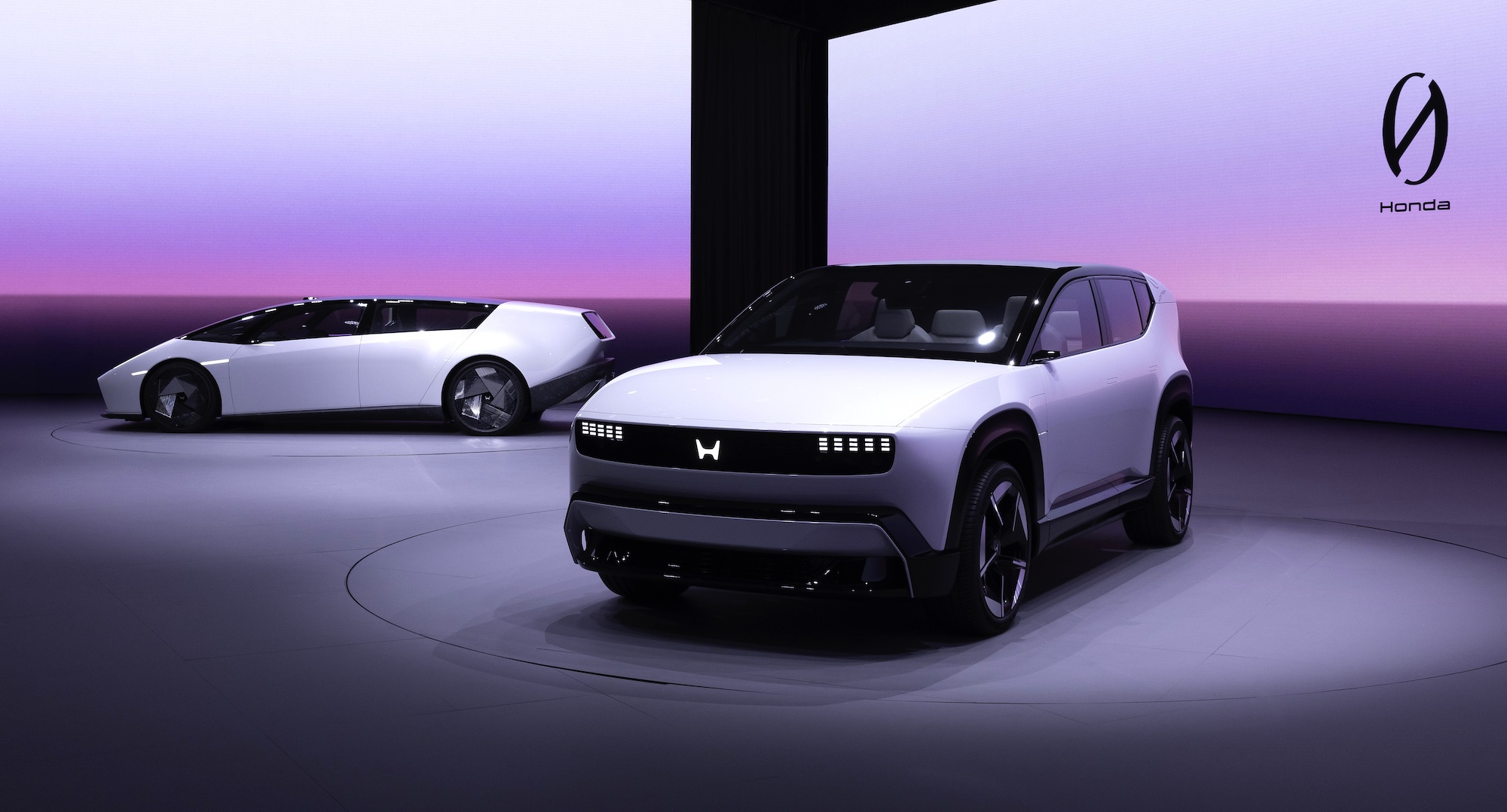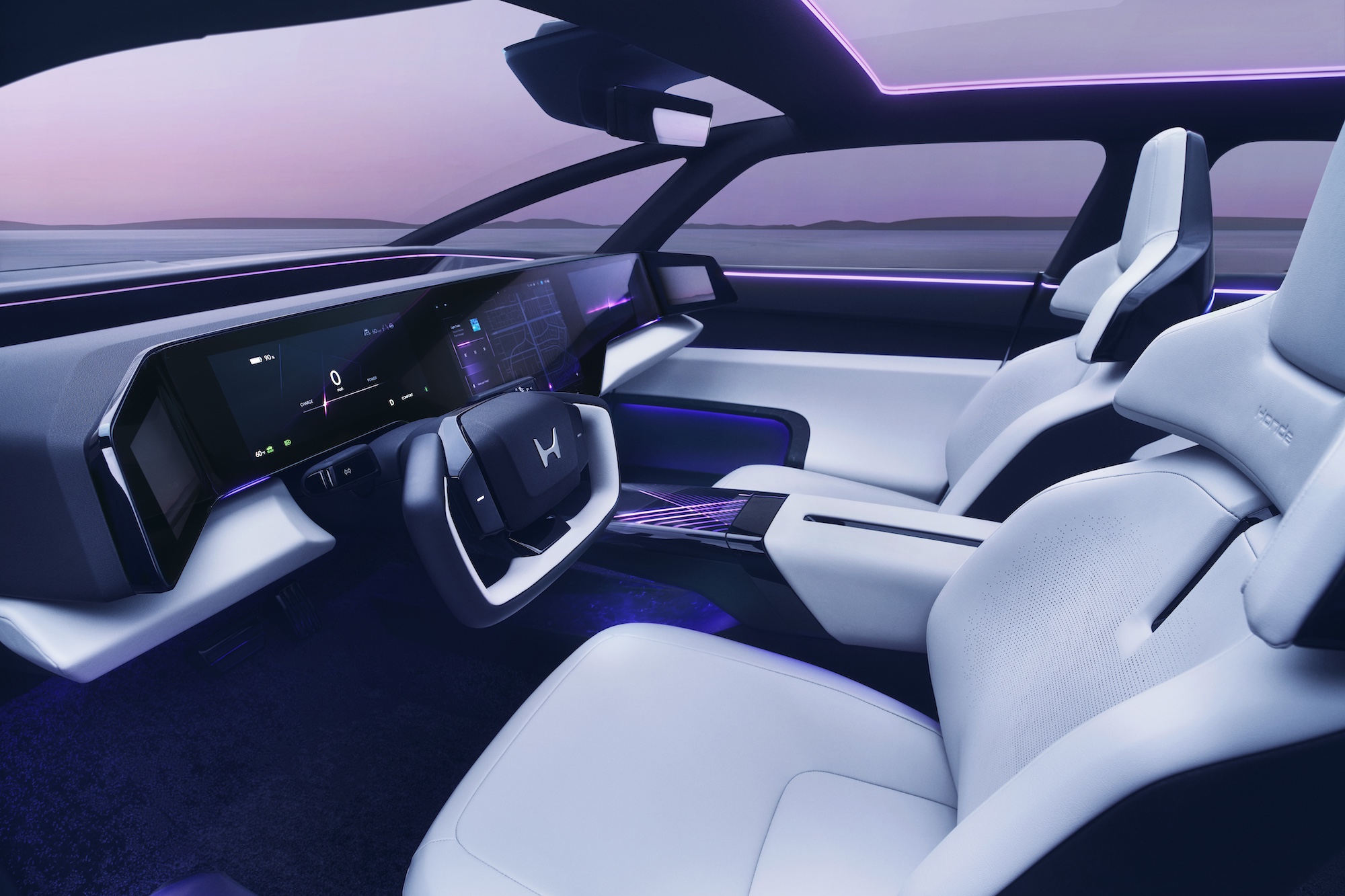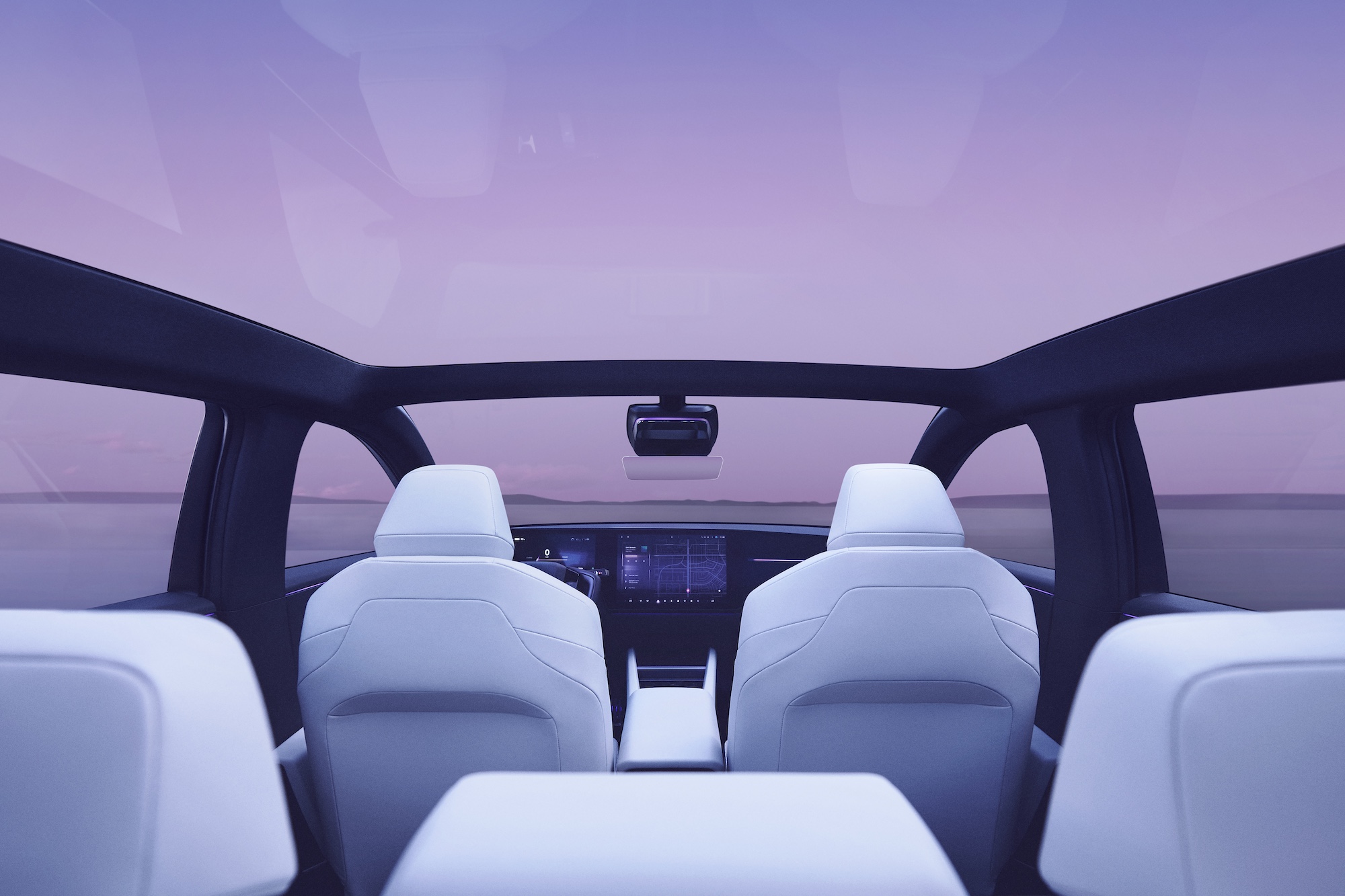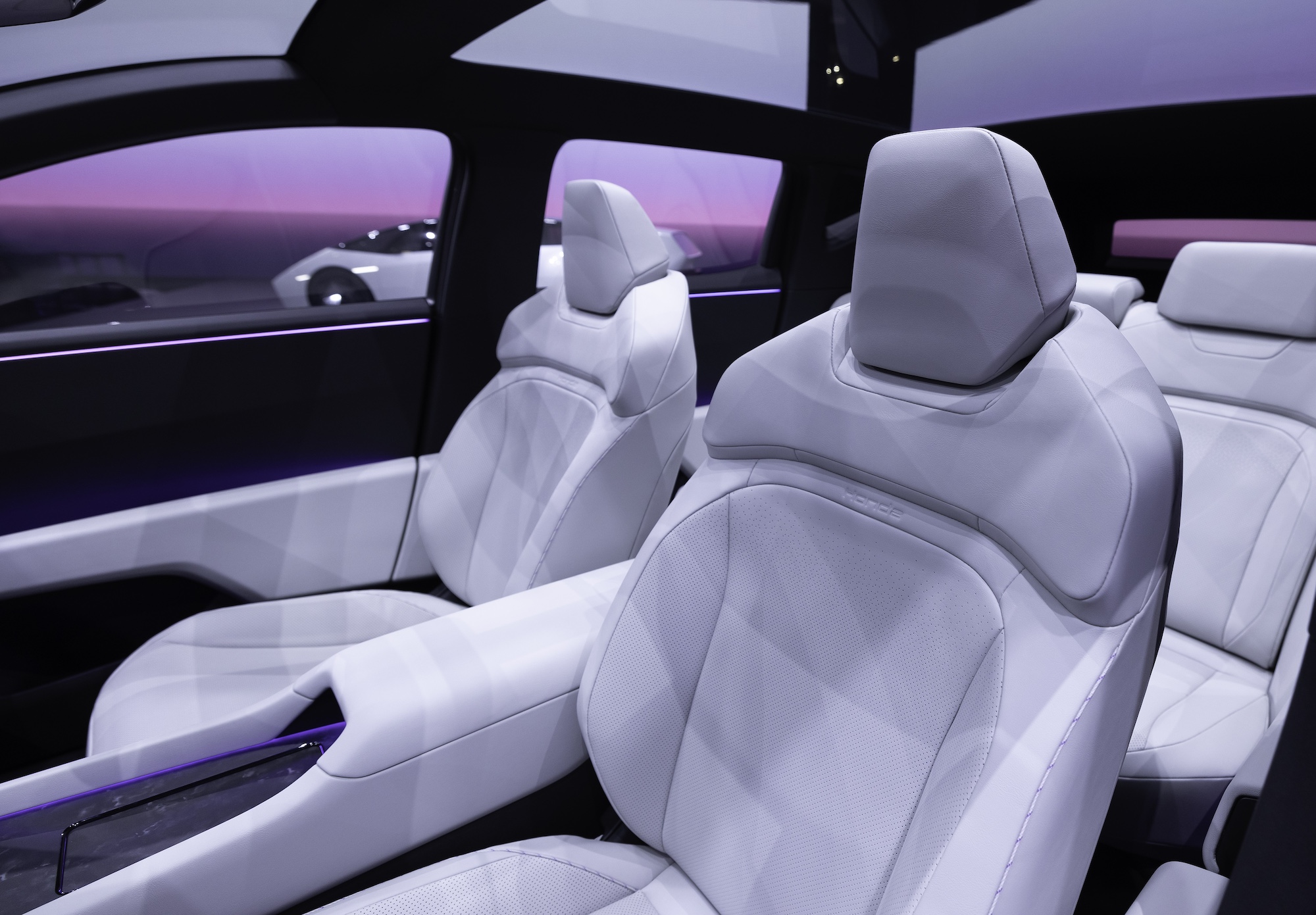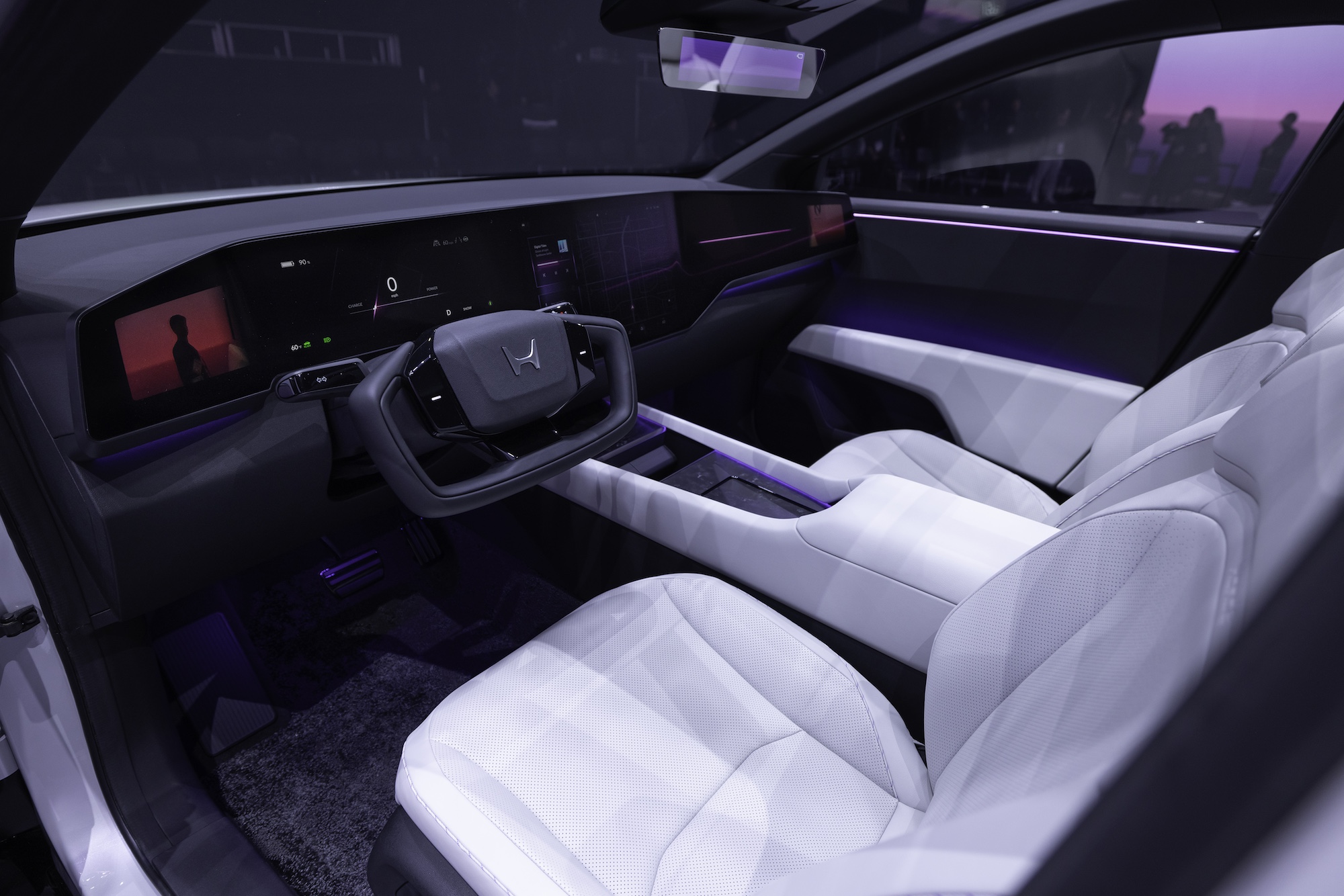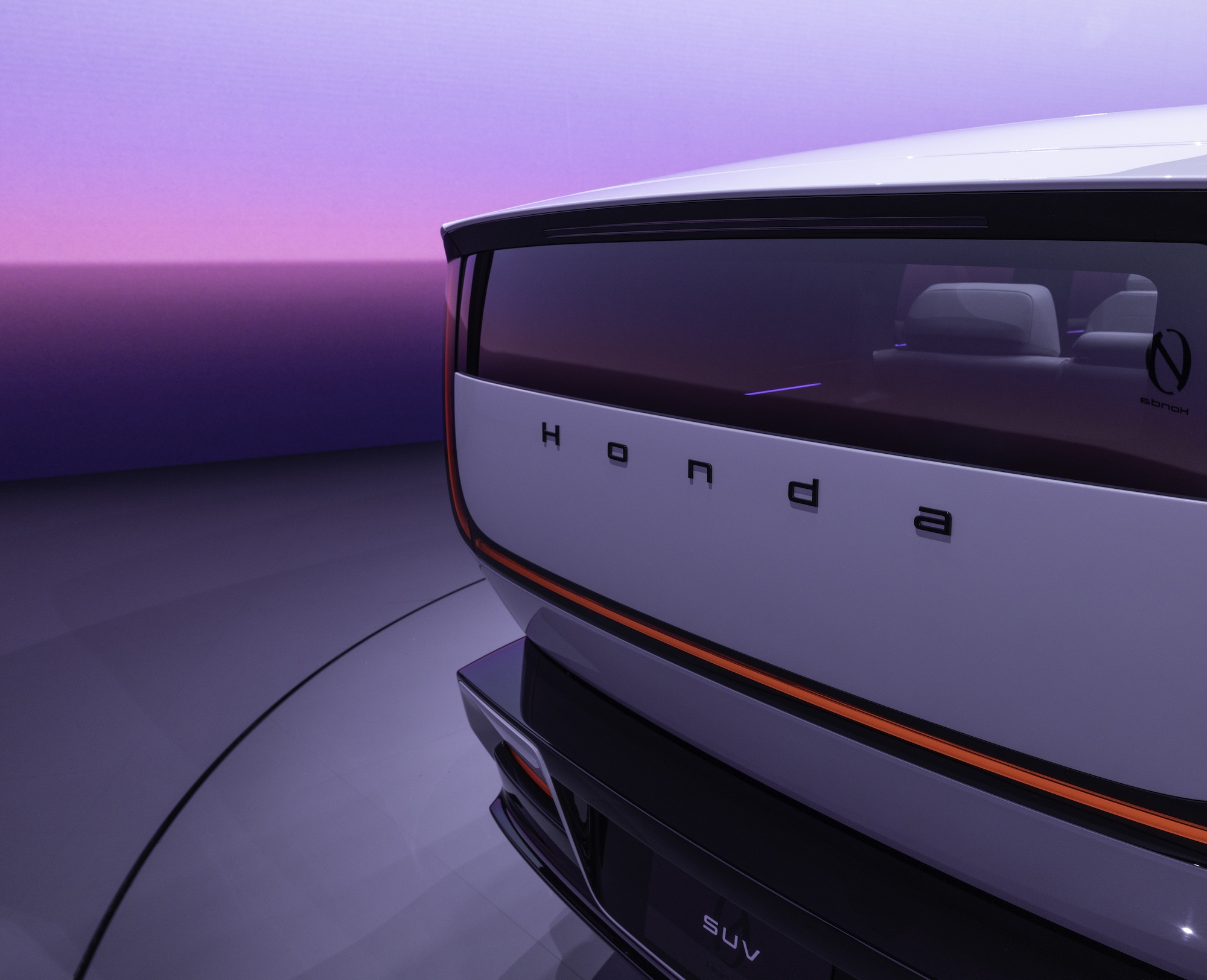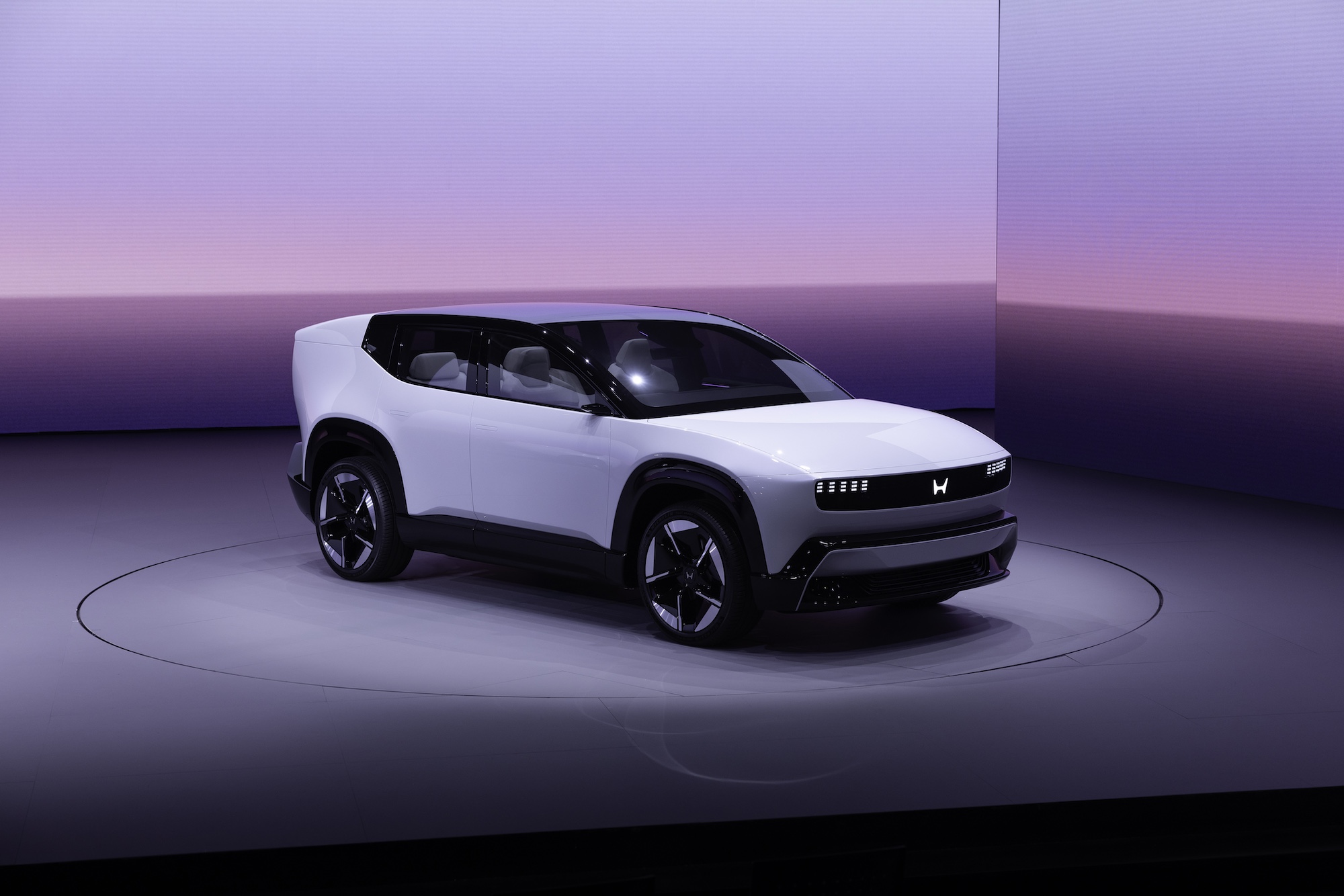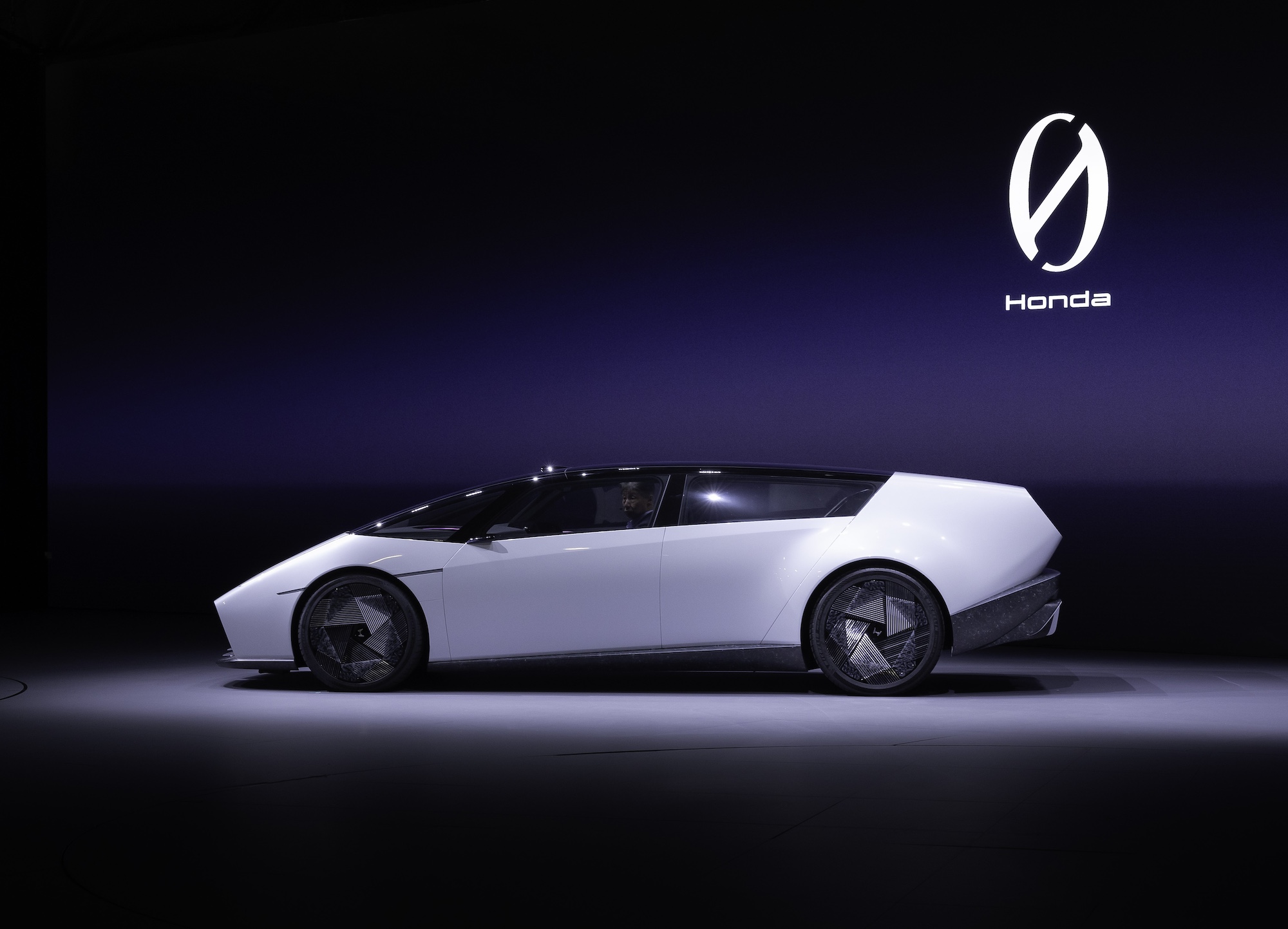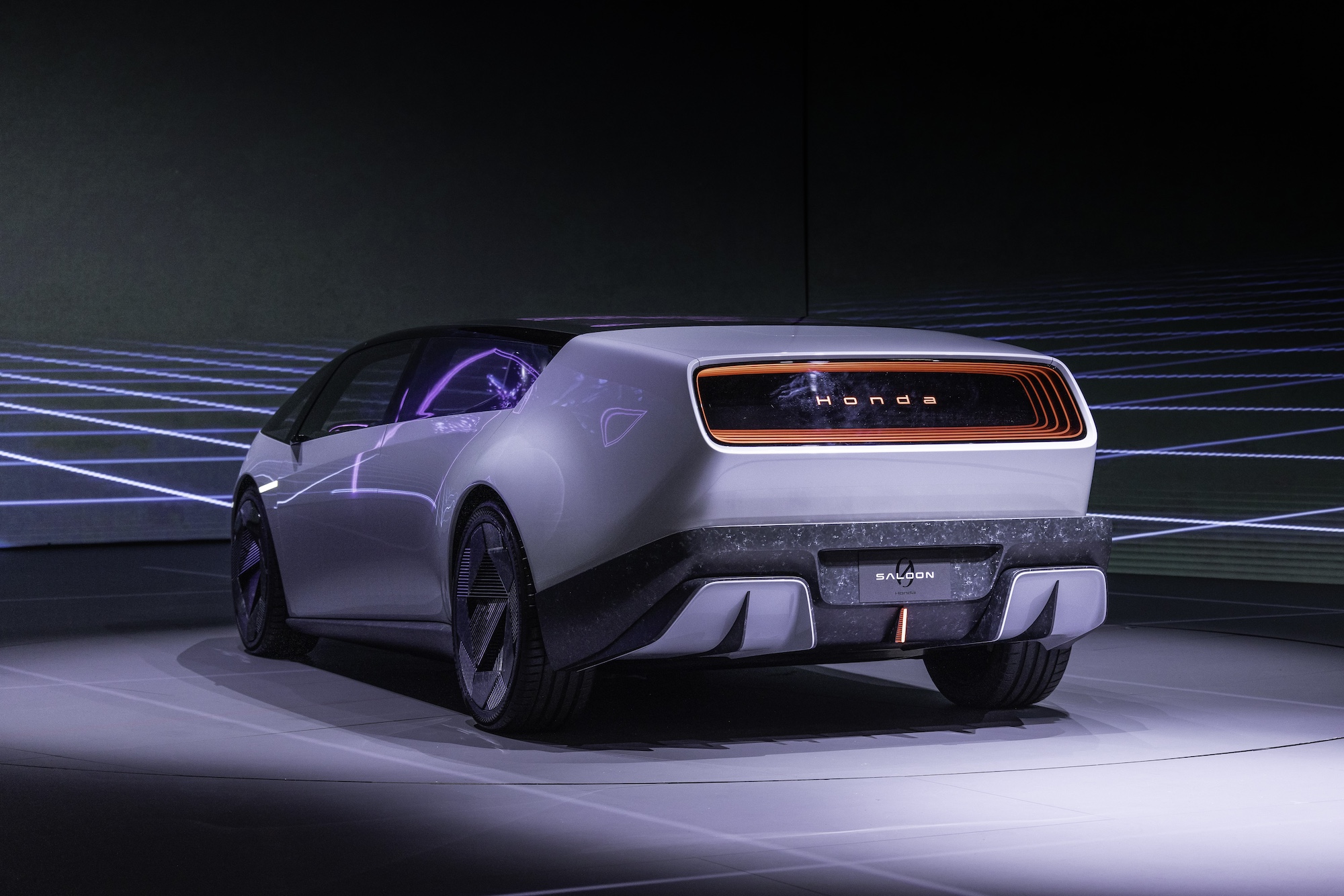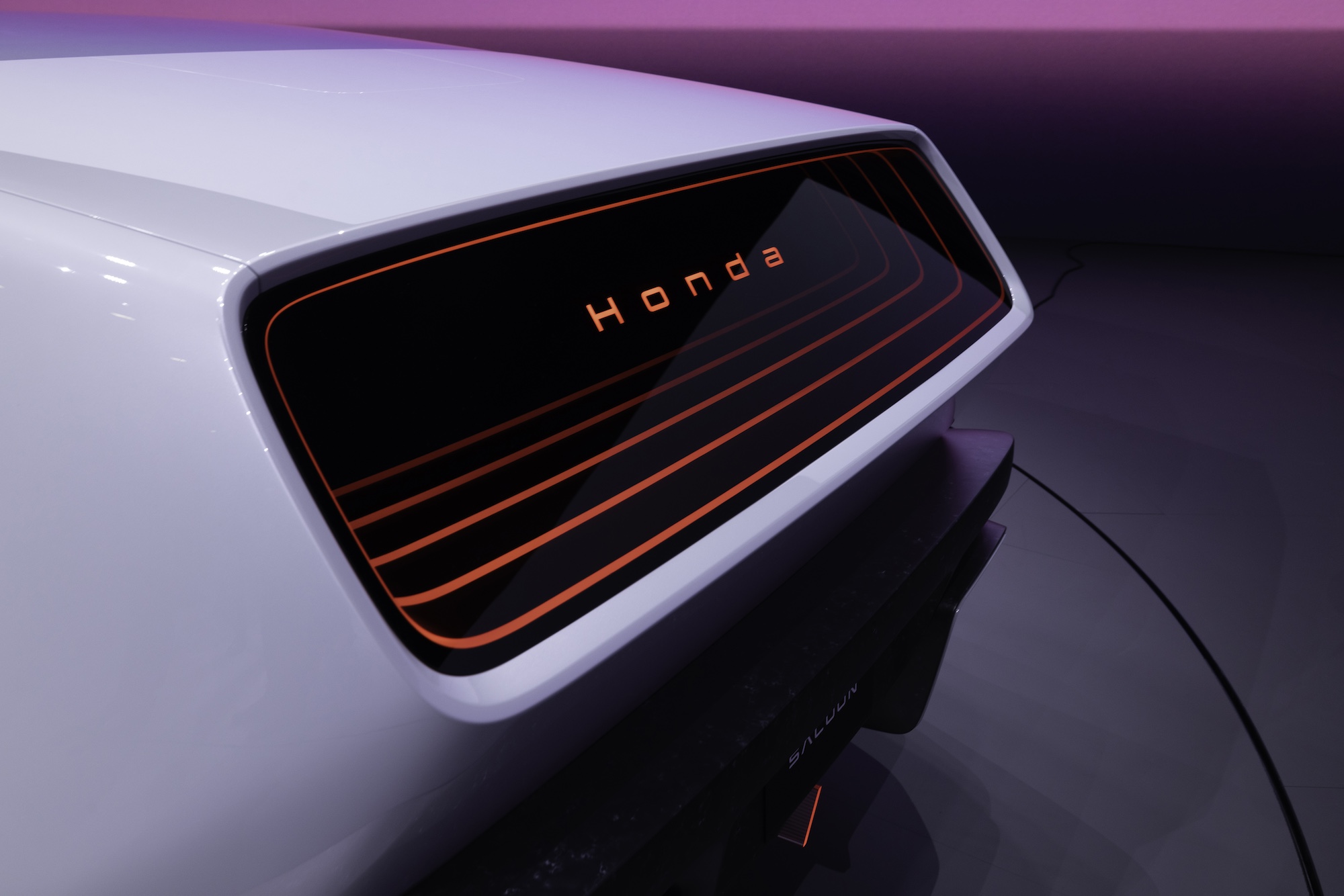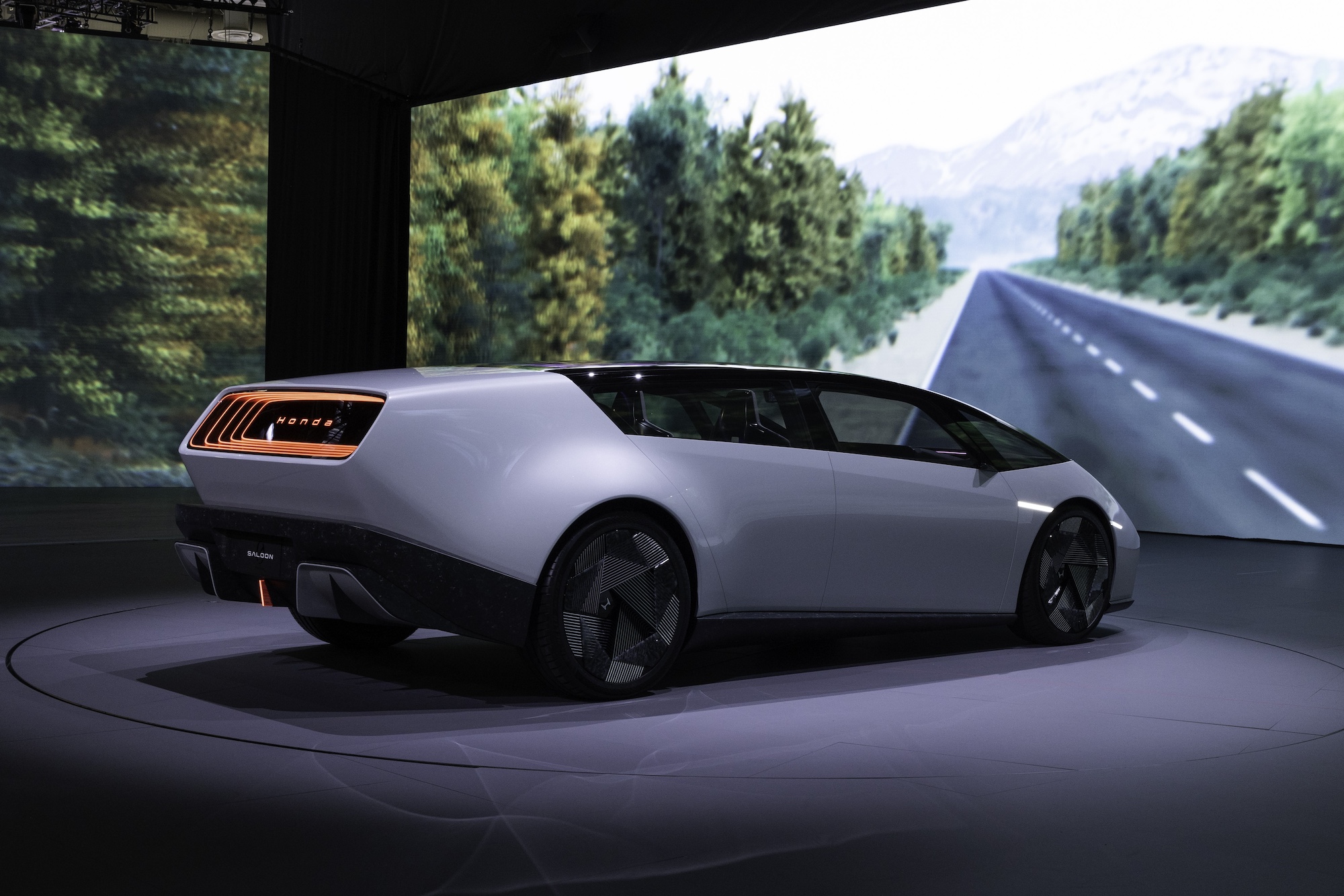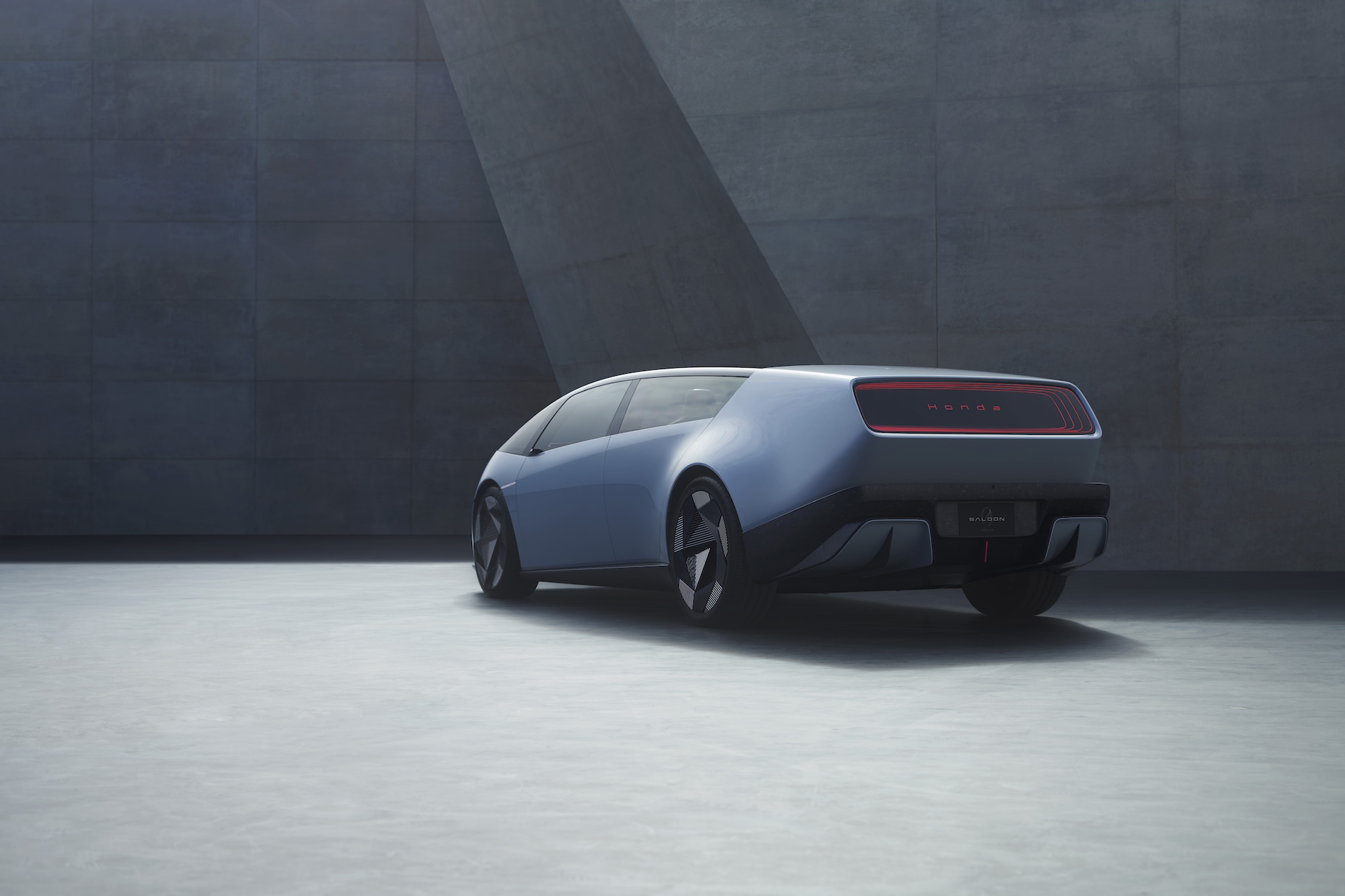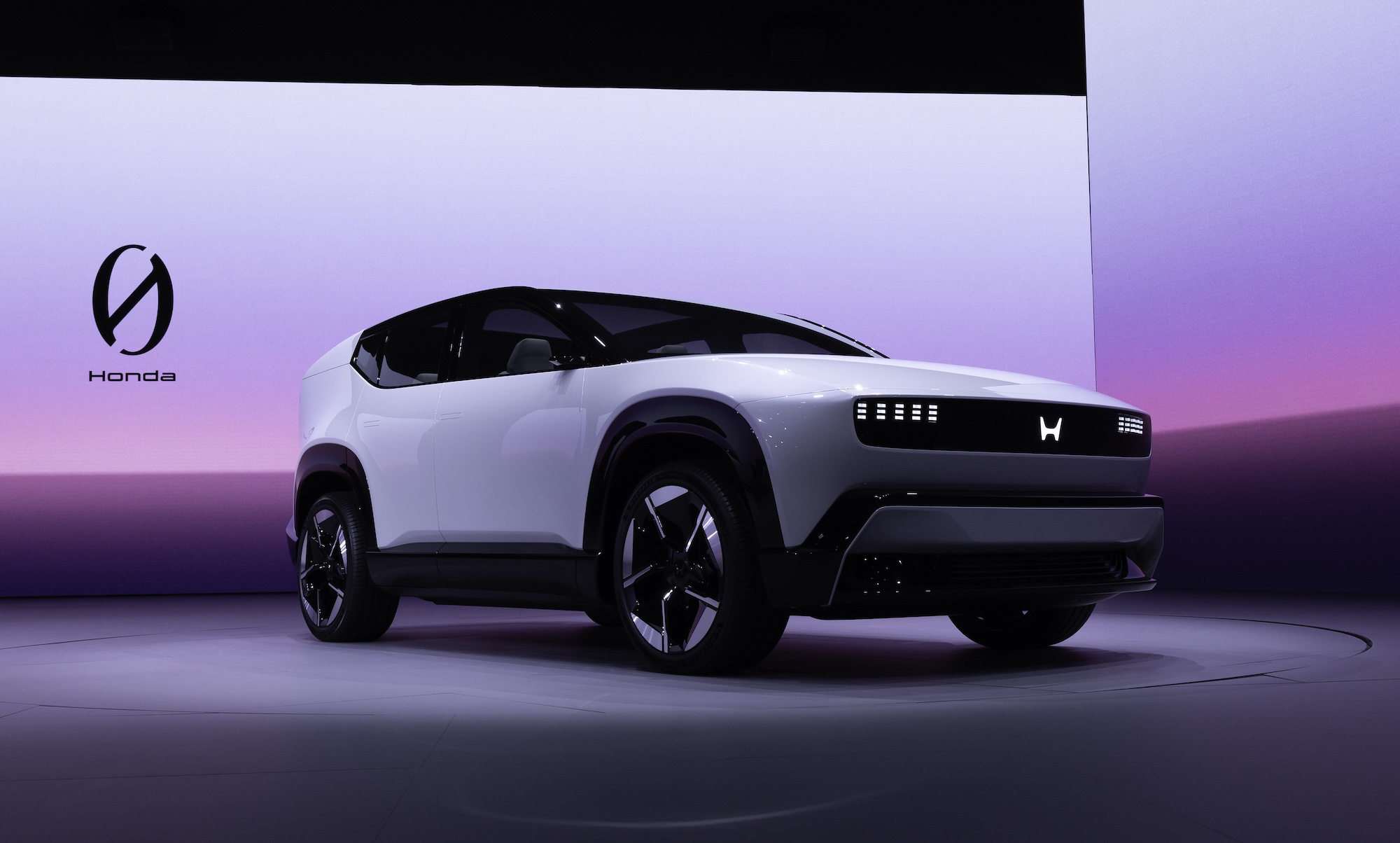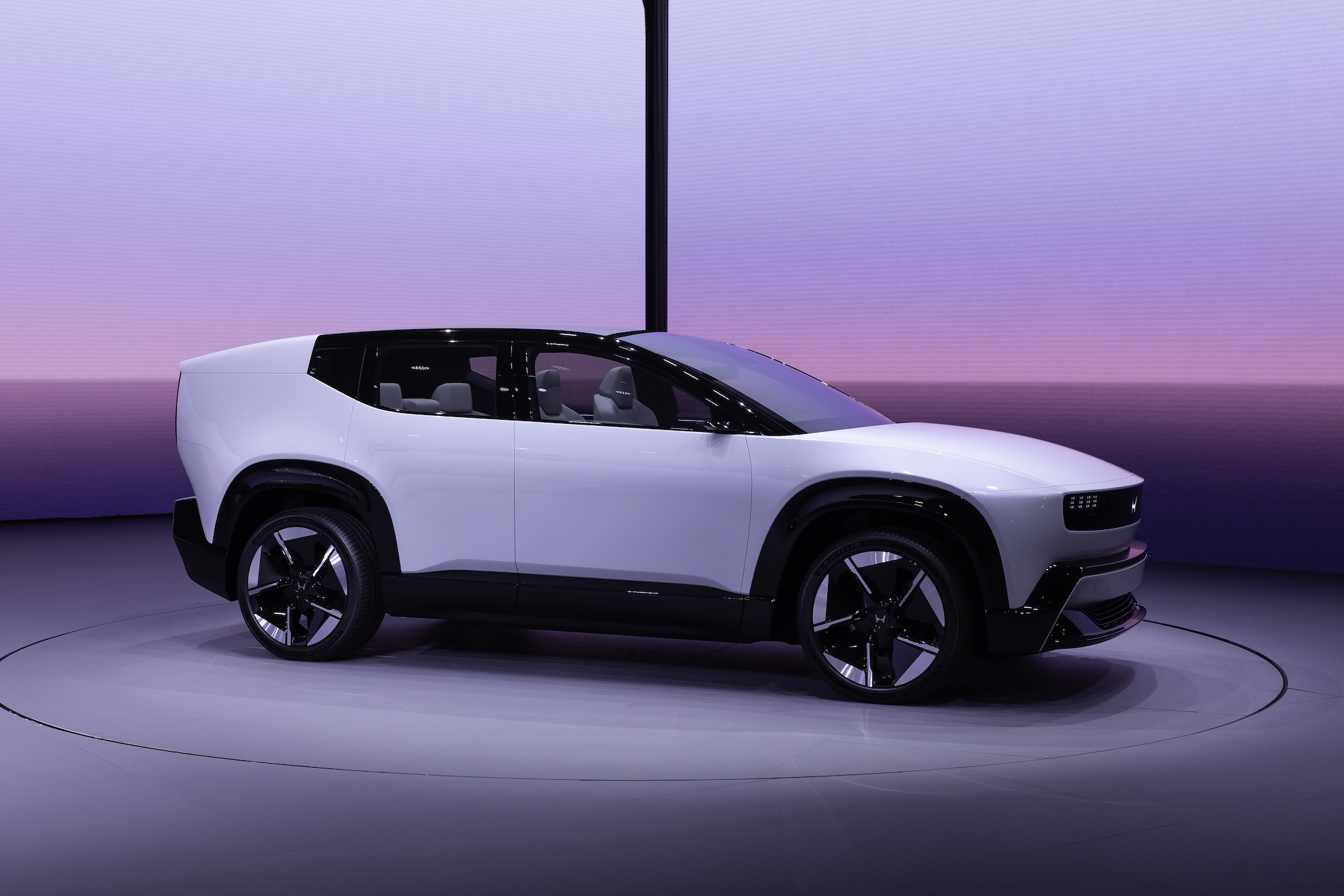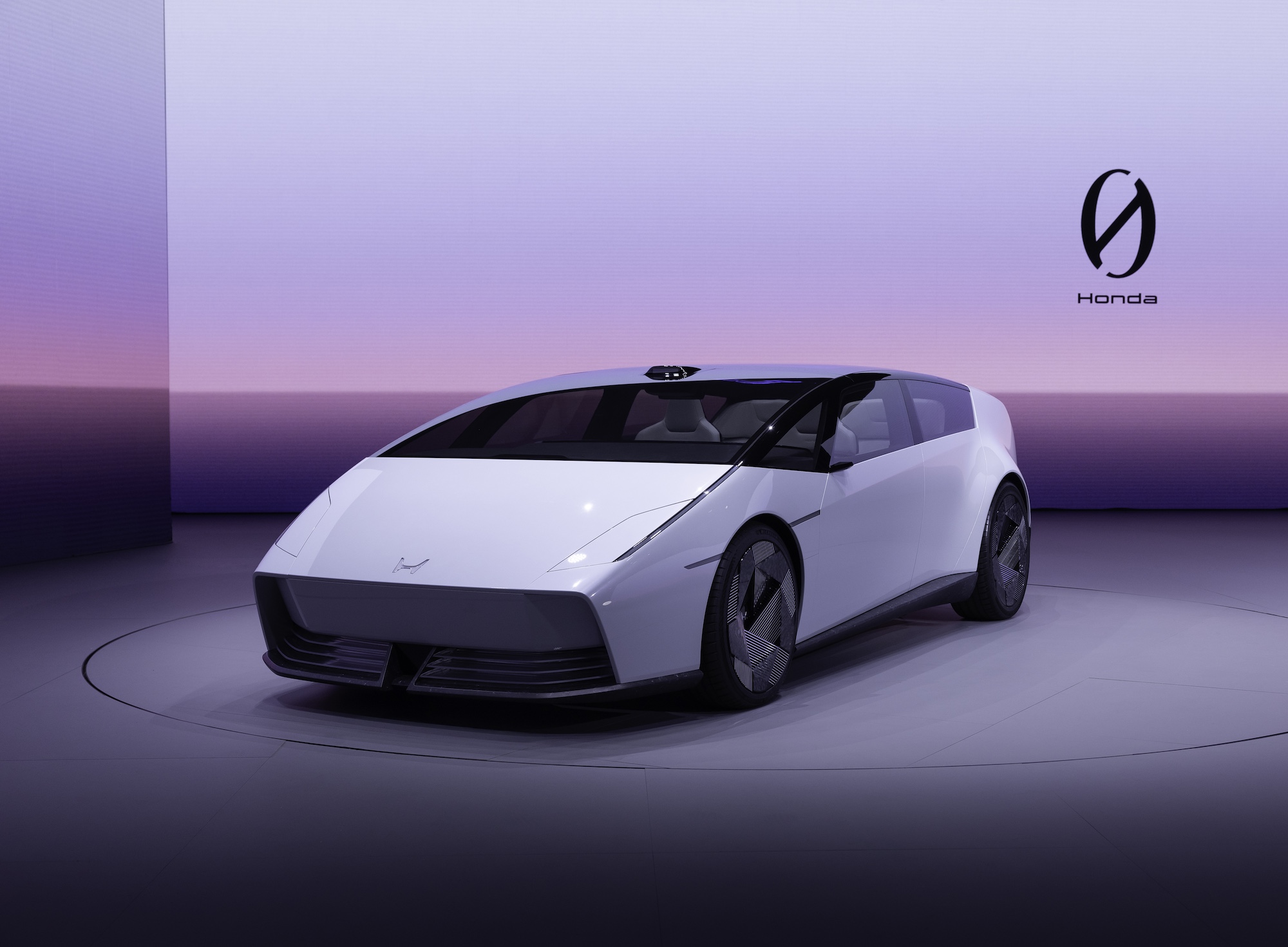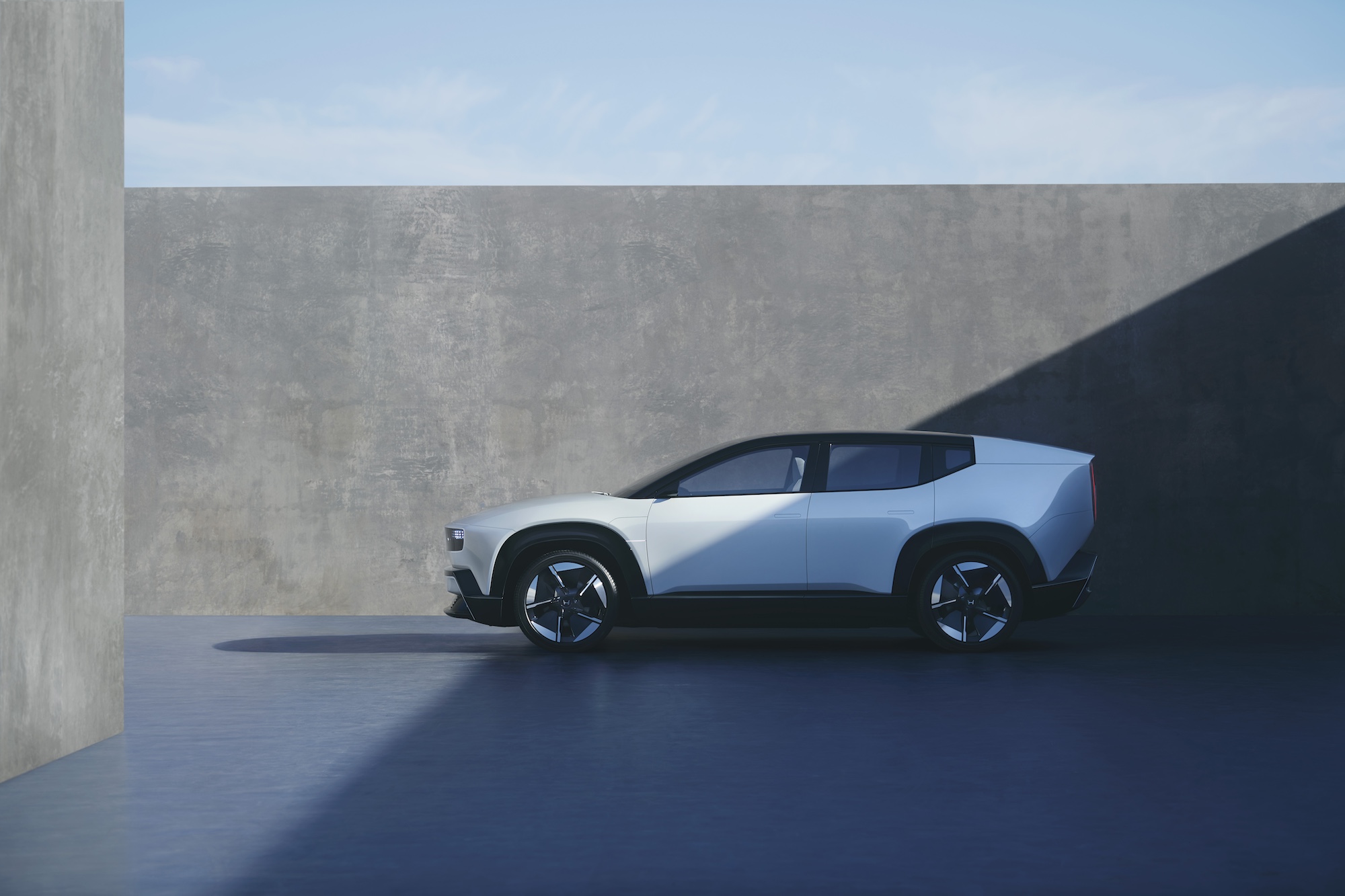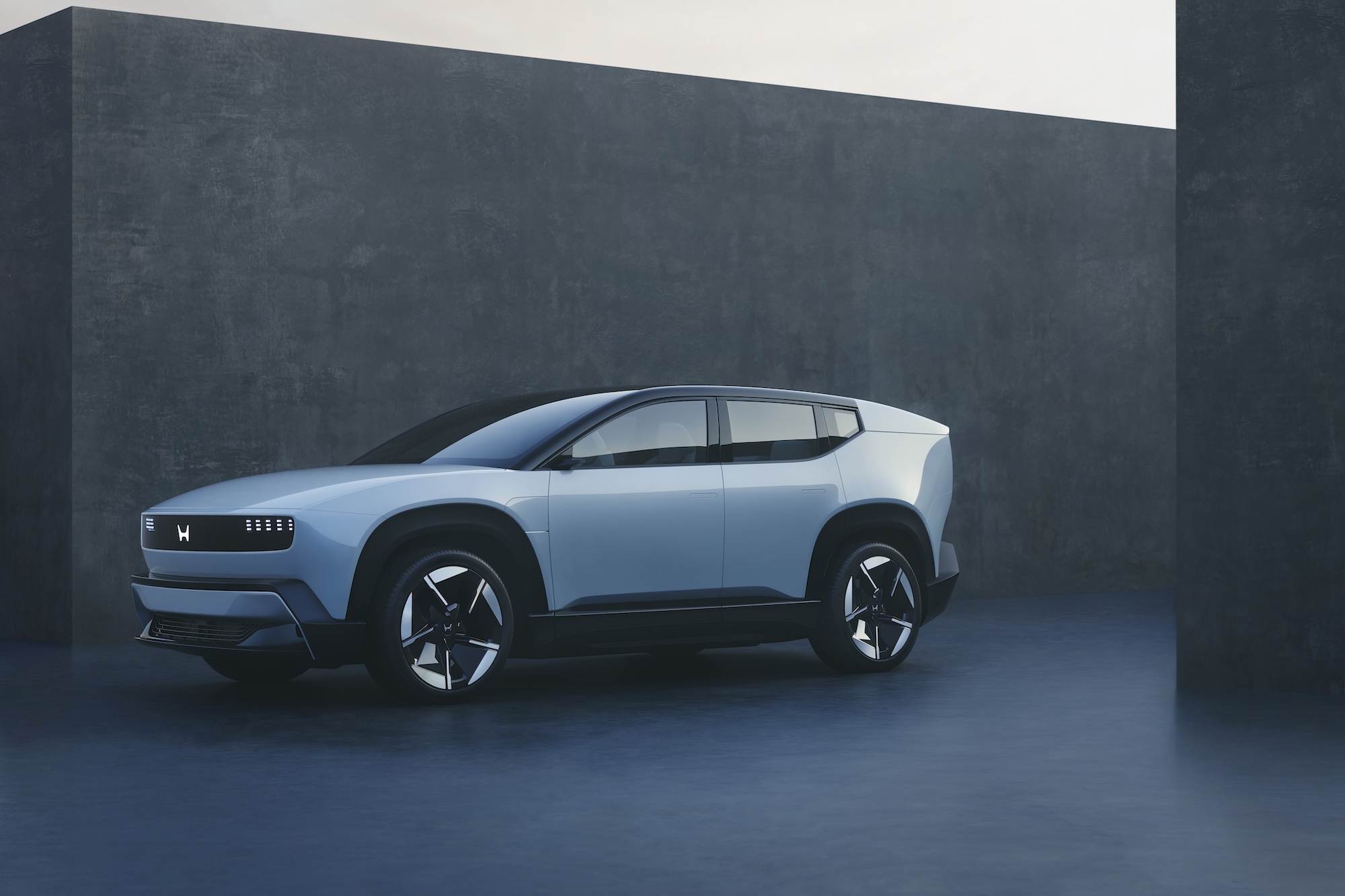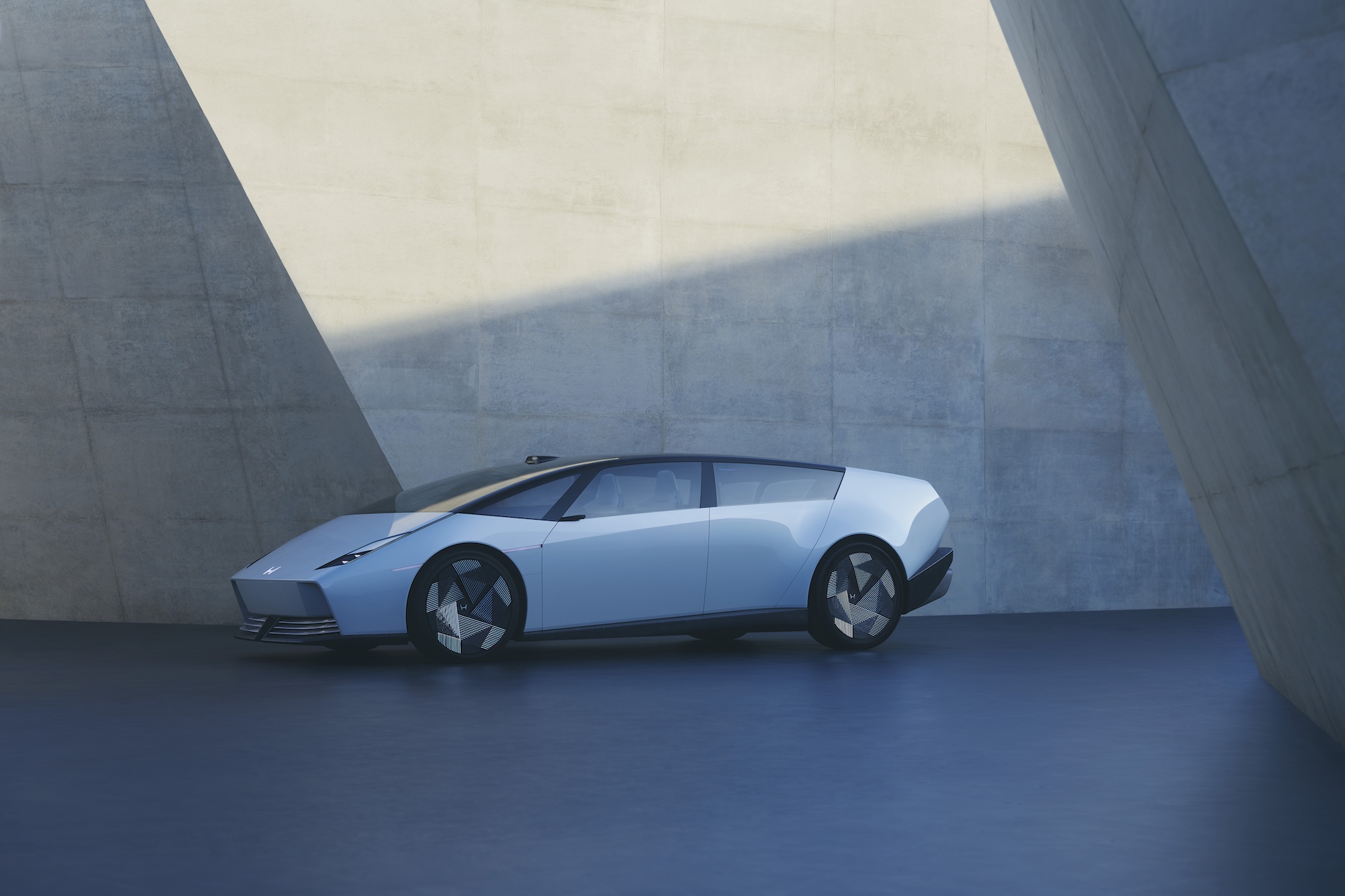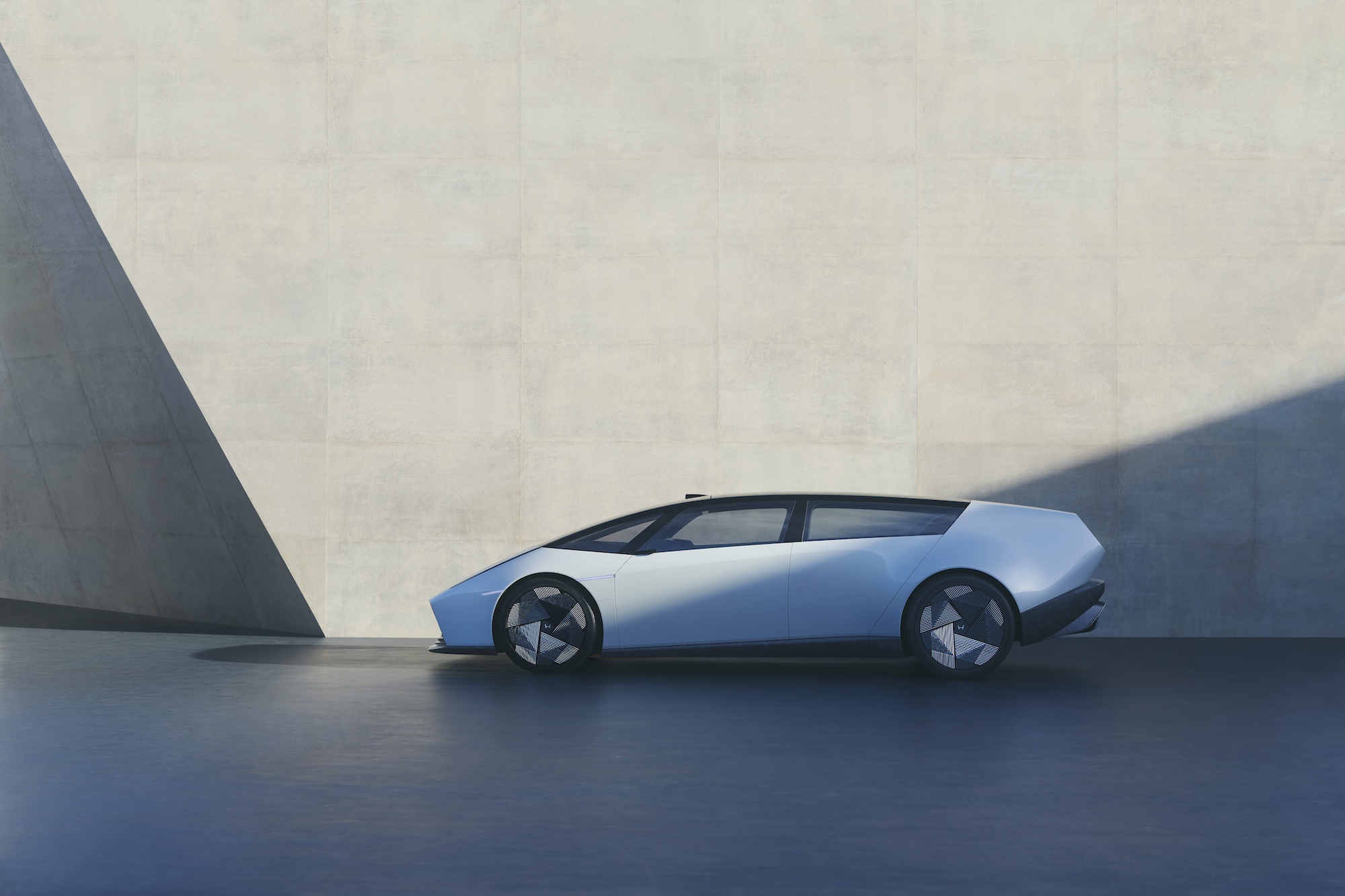
Sign up for daily news updates from CleanTechnica on email. Or follow us on Google News!
Earlier today, Honda unveiled two electric vehicle prototypes — the Honda 0 SUV and the Honda 0 Saloon. Let’s discuss the good, the bad, and the ugly of this 2025 Consumer Electronics Show (CES) splash.
Honda 0 SUV and Honda 0 Saloon — The Good
Honda is actually developing 100% electric vehicles that might be competitive, compelling models. These vehicles will be produced beginning next year, in 2026.
Furthermore, Honda is developing its own new operating system (ASIMO OS) for these models as well as future ones, indicating a broad, deep, long-term commitment to creating good electric vehicles. This also indicated that the company recognizes — and is quick to broadcast — that software is key in the electric vehicle era. Here’s much more from Honda on the deep historical relevance of ASIMO in the company:
Honda 0 Series models will be equipped with ASIMO OS, an original vehicle operating system developed in-house by Honda. First introduced at CES over 20 years ago, ASIMO was a humanoid robot capable of autonomous walking, developed as part of Honda fundamental technology research with the goal of helping people while coexisting in society. Honda began robotics research and development in 1986 and introduced the ASIMO robot in 2000. ASIMO became an icon in the field of robotics from the 2000s through 2010s and remains loved by people all over the world to this day.
Honda gave the name ASIMO to its new vehicle OS, the core technology to achieve the “Wise” value of the Honda 0 Series, with a determination to strive for making Honda 0 Series an icon of next-generation EVs that will surprise and inspire people all around the world, just as ASIMO did.
Even after development of the ASIMO robot, Honda continued to advance its robotics technologies, including technologies from ASIMO that recognize external environments and autonomous behavior control that enabled ASIMO to react while understanding the intentions of people around it. By combining such robotics technologies with advanced intelligence technologies for the Honda 0 Series, Honda strives to offer the value of software defined vehicles (SDVs) unique to Honda.
As a software platform, ASIMO OS will apply integrated management of electronic control units (ECUs) for vehicle systems such as automated driving/advanced driver assistance systems (AD/ADAS) and in-vehicle infotainment (IVI) system.
By constantly updating the in-vehicle software based on the ASIMO OS through over the air (OTA) updates, even after the purchase of the vehicle, functions and services will be continuously advanced in accordance with the preferences and needs of each individual user. These OTA updates to both the digital UX and integrated dynamics controls will allow Honda to deliver a personalized ownership experience that will enhance the joy of driving.
Honda is planning to install ASIMO OS to all Honda 0 Series models, including production models of the Honda 0 SUV and Honda 0 Saloon.
Clearly, Honda is taking this very seriously and trying to make its make in the new EV world. Otherwise, it wouldn’t link so much of the company’s innovation history to this new EV software.
“Additionally, Honda announced an agreement with Renesas Electronics Corporation to develop a high-performance system-on-chip, to be introduced on the next generation of 0 Series models in the late 2020s, as well as a new energy service through the Home Energy Management System to enable customers to enjoy a stress-free EV ownership experience with reduced environmental impact.” In short, Honda is jumping into the deep end and trying to incorporate the the most cutting edge tech elements of a modern EV.
Even further, Honda will be implementing a steer-by-wire system into these EVs, something we’ve just seen so far in the Tesla Cybertruck.
The Honda 0 SUV and Honda 0 Saloon will first be built in Ohio and launched in the North American market (in the first half of 2026 and the second half of 2026, respectively). They will then make their way to Europe and Japan. It’s a funny twist, since most EV models are launched outside of the US (mostly in Europe and China) before making their way to the US.
Honda 0 SUV and Honda 0 Saloon — The Bad
The bad is that we’re not getting these EVs until next year. Despite practically every other automaker having multiple EVs on the market, we’re still waiting at least another year for these Honda electric models.
Well, better late than never.
Honda 0 SUV and Honda 0 Saloon — The Ugly
Okay, I mostly think the EV prototypes look pretty cool. And I’ll give it to Honda for being bold and sharp. I think the interiors look wicked. I think the frontends look wicked. I think the infotainment screens look wicked. However … those backends look weird, and dare I say, ugly.
I don’t know what Honda was thinking with the backends of these EV prototypes. On the more forgiving side, perhaps there’s a strong aerodynamic reason for the designs and testing shows many people will think they look futuristic and cool. On the more critical and pessimistic side, perhaps Honda is trying to dampen demand by making these EV models look weird, and maybe it wants to say, “See, I told you — people don’t want EVs!” Though, it seems we’re too far past the point for the latter could make a decent, if cynical, business decision.
So, yeah, I’m not thrilled with a significant portion of the designs. But perhaps they’ll grow on me.
How do you feel about the new Honda 0 SUV and Honda 0 Saloon EV prototypes from Honda?
One More Thing … Honda Leading on Autonomous Driving?
Honda threw in another topic, and I have to say it was quite interesting to see. The Japanese automaker is highlighting itself as a leader in autonomous driving. Here’s what it wrote:
In 2021, Honda became the world’s first automaker to put Level 3 automated driving equipment into practical use with the launch of the Honda Legend equipped with Honda SENSING Elite. This vehicle, available for consumer lease in the Japan market, qualified for Level 3 automated driving (eyes-off) and conditional driving automation in limited areas.
Honda developed Honda SENSING Elite to put this AD technology into practical use by anticipating all driving conditions and scenarios based on the premise that, in addition to reducing the number of traffic collisions in society, Honda AD must eliminate traffic collisions that a “human driver could have avoided”.
Honda believes that the widespread use of eyes-off technology will lead to the realization of zero traffic collision fatalities in the future. Based on this approach, Honda will aim to offer affordable automated driving technologies to more customers around the world through the Honda 0 Series.
To realize this objective, Honda will apply an original Honda AI technology that combines the unsupervised learning1 technology of Helm.ai and the behavior models of experienced drivers, which enable AI to learn with smaller amounts of data and efficiently expand the range of situations where automated driving and driver assistance can be available.
In addition, Honda will apply its original cooperative AI developed through research into people and mobility to further improve the precision of cooperative behavior, such as yielding the right of way to others on the road, which is difficult even for a human driver. By applying these advanced technologies, Honda will realize a highly reliable driver assistance system that can respond quickly and appropriately to unexpected situations, such as an animal darting into the lane or an object falling onto the road.
I’m very curious to see Honda’s autonomous driving capabilities from this history combined with Helm.ai. Let’s see how good it is and what it offers to Honda owners.

Chip in a few dollars a month to help support independent cleantech coverage that helps to accelerate the cleantech revolution!
Have a tip for CleanTechnica? Want to advertise? Want to suggest a guest for our CleanTech Talk podcast? Contact us here.
Sign up for our daily newsletter for 15 new cleantech stories a day. Or sign up for our weekly one if daily is too frequent.
CleanTechnica uses affiliate links. See our policy here.
CleanTechnica’s Comment Policy

